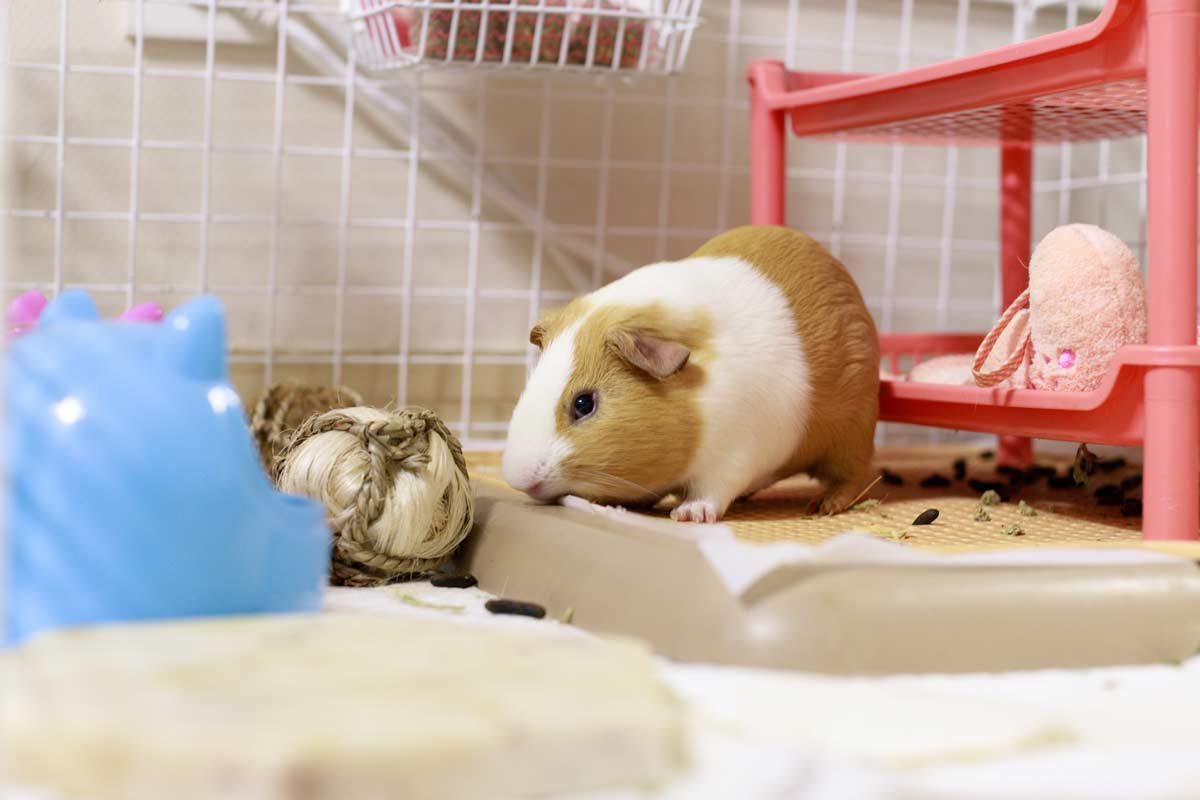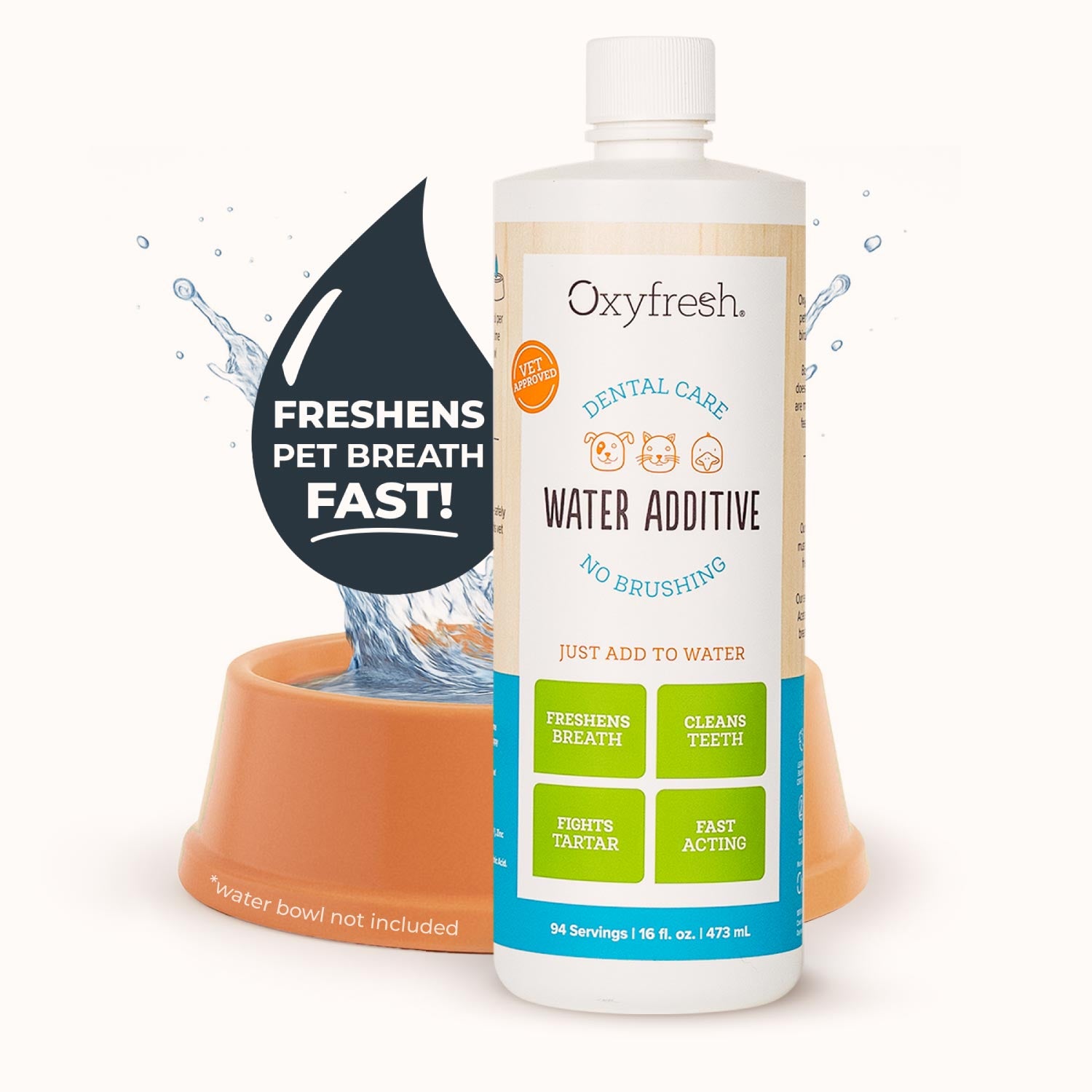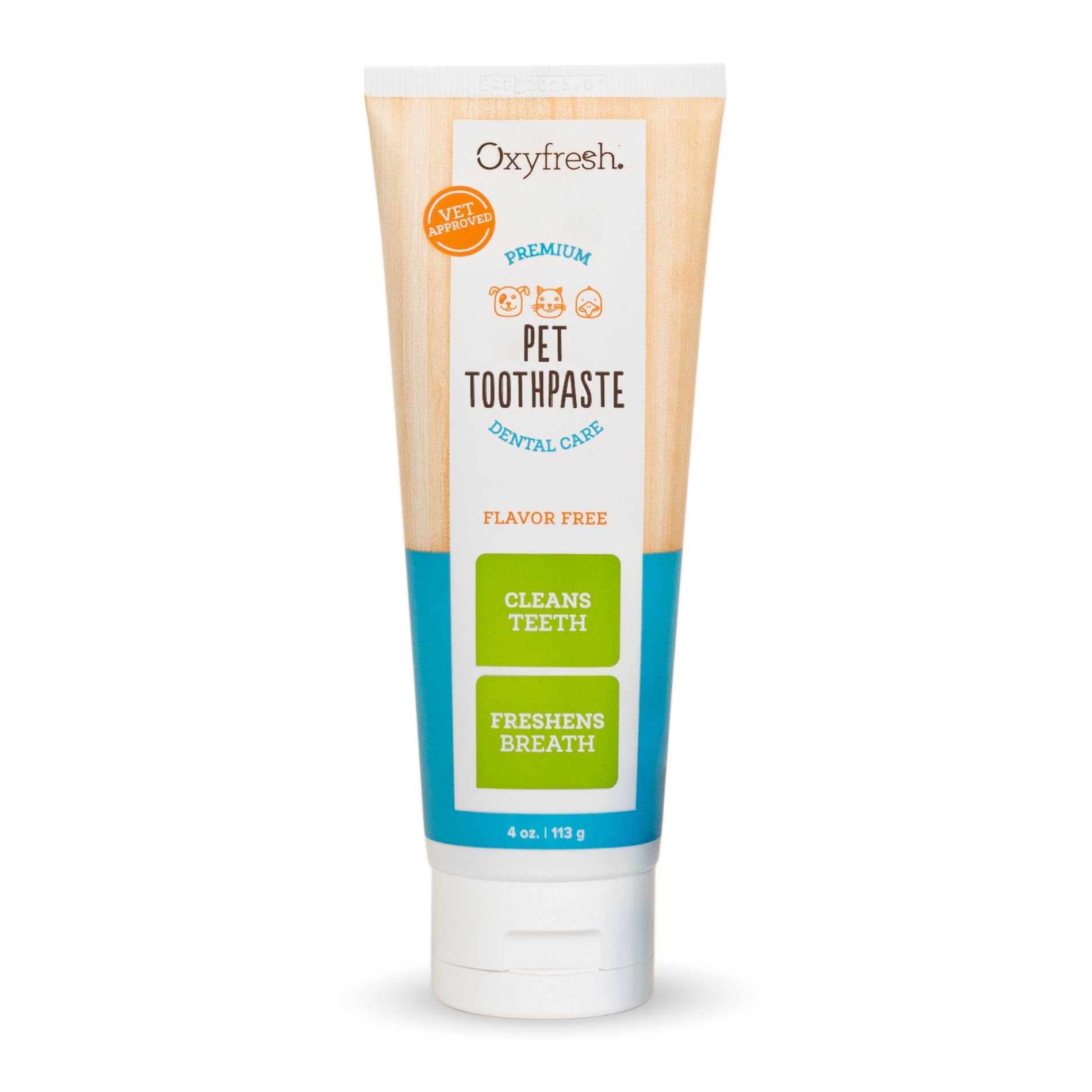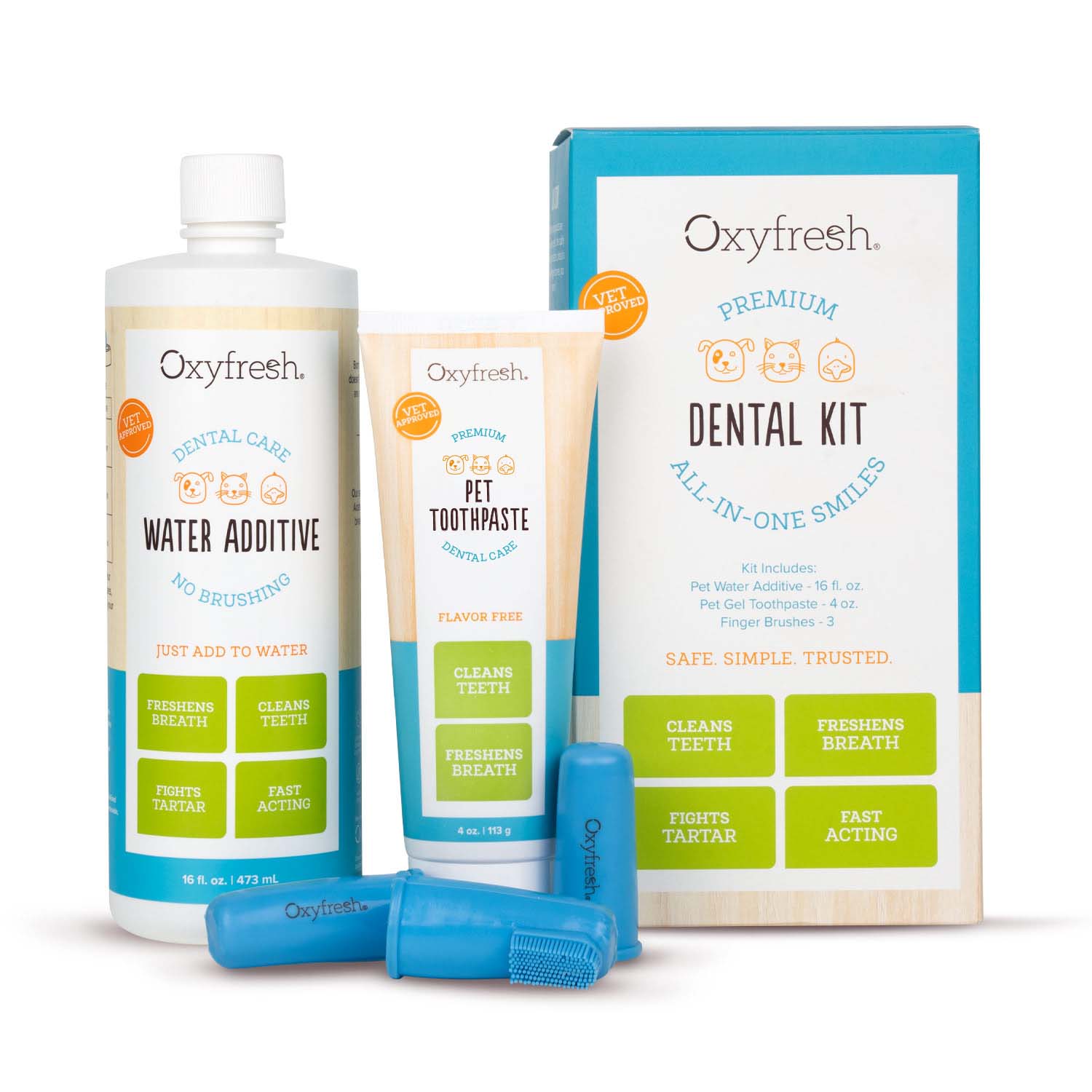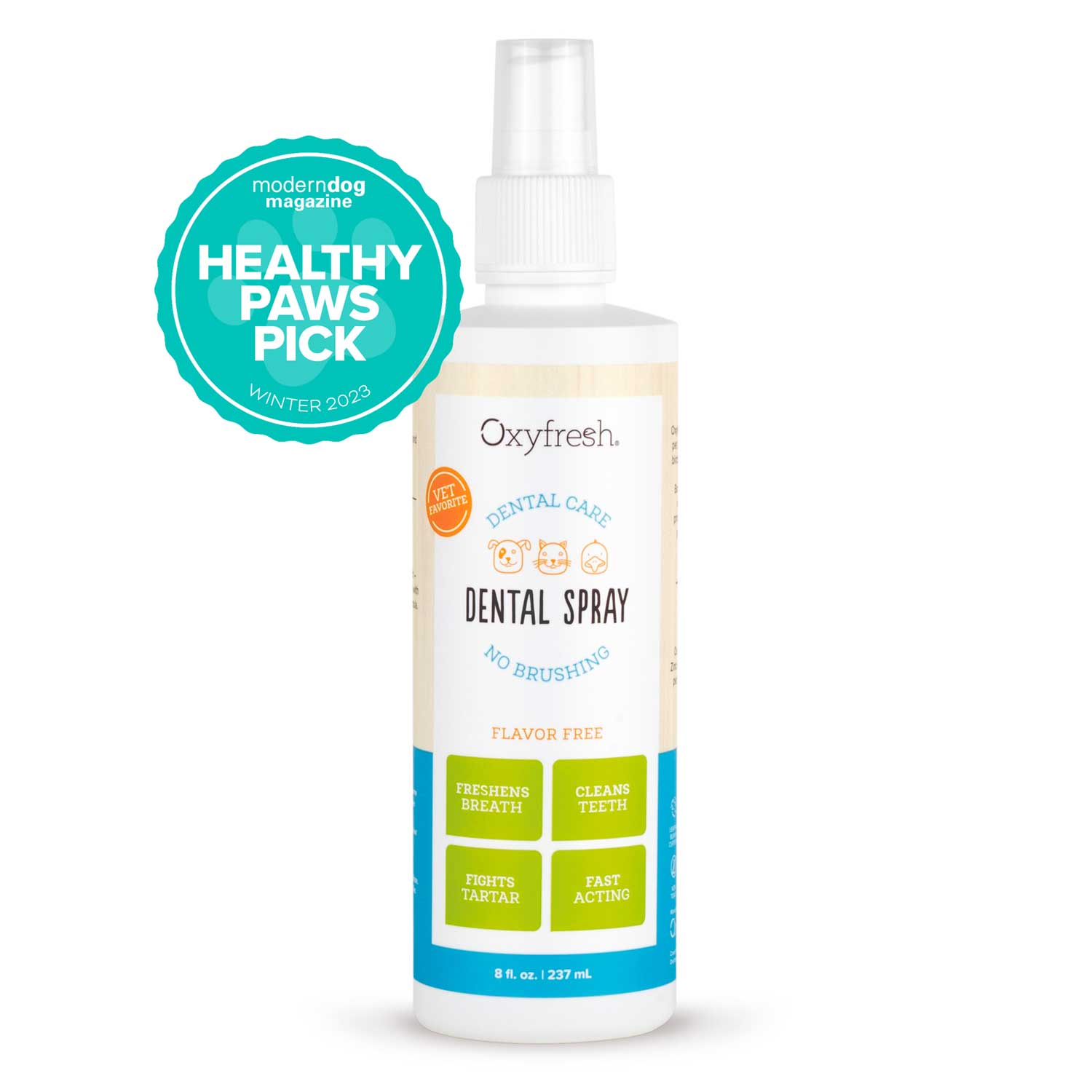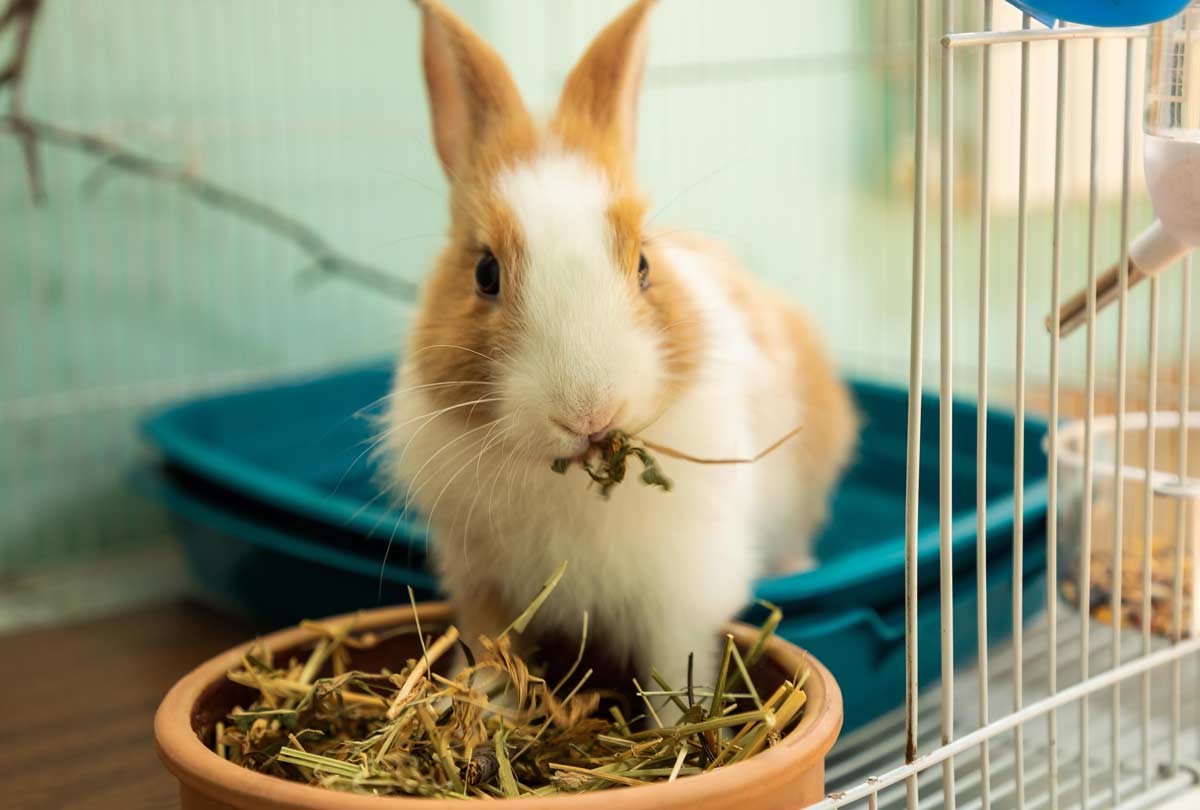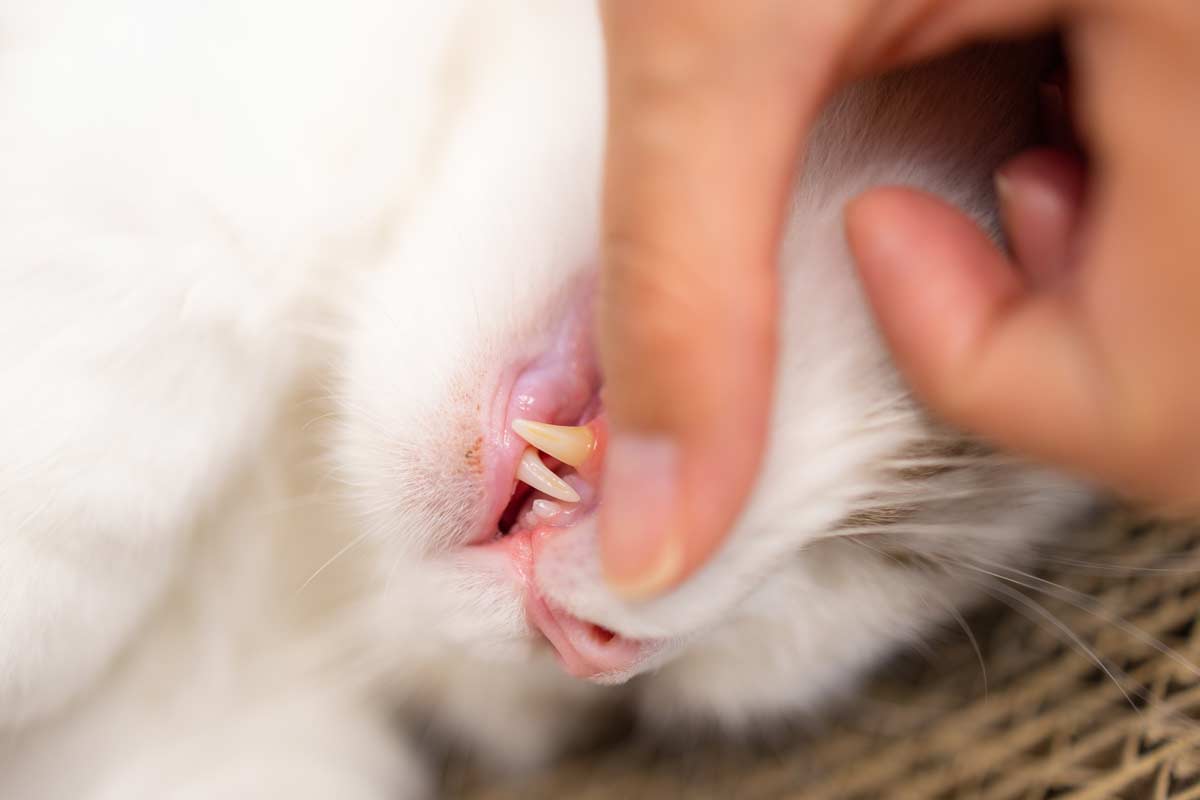Unless you’ve been hiding under a pile of hay, you’ve probably noticed: guinea pigs pee and poop ... A LOT. The good news is that guinea pig pee doesn’t have as pungent of a smell as other animals’ urine and their cage odors generally won’t travel through the whole house. (Let’s not be the exception to that rule!) To ensure the ultimate freshness for your guinea pigs – and their cage – keep reading for all the tips.
Safe Products to Clean a Guinea Pig's Cage
How to clean a guinea pig cage starts with having the right product. Here are the best options for guinea pigs:
Vinegar & water: If you’re a DIY type (and you don’t mind the smell of vinegar), mix a 1:1 ratio of warm water to vinegar to clean and disinfect the guinea pig cage. Pour into a spray bottle, soak the cage and allow it to sit for 5-10 minutes before wiping away. Guinea pigs hate the smell of vinegar, so make sure you rinse the cage afterward with warm water.
Unscented dish soap & water: Fill a bucket with warm water and a small amount of unscented dish soap. Dip a clean cloth or sponge into the solution and wipe down all the guinea pig cage surfaces, rinsing thoroughly when done to remove all soap residue. Unscented is the key here, as guinea pigs are very sensitive to smells.
Cage cleaner: If you don’t want to fuss with mixing your own cleaning solution, a pet cage cleaner is the way to go. Important: even if a pet cleaner is labeled as safe for guinea pigs and it has fragrance in it, steer clear. Guinea pigs have sensitive lungs and can even have asthma.
Products to avoid when cleaning your guinea pig's cage:
- Bleach
- Scented cleaners
- Harsh chemical cleaners
- Baking soda: be very careful if using baking soda to scrub away stains in the cage. Baking soda is a lung irritant to guinea pigs and can cause severe digestive problems.
What Happens If a Guinea Pig Cage Gets Too Dirty?
If you blow off the chore of cleaning your guinea’s pig cage, not only will you be dealing with major odor problems, but you’ll also be putting your guinea pig’s health at risk of the following:
- Bald patches of fur
- Urinary tract infections
- Respiratory problems due to ammonia buildup
- Stress, which can lead to self-harm behaviors, like pulling out their fur
- Bumblefoot (bacterial infection that causes swollen/infected heels)
Proper Bedding Will Help Keep the Guinea Pig Cage from Smelling
The bedding you choose is vital in keeping odors from lingering. You’ll also want to make sure it’s safe to be used around your guinea pigs.
Aspen, natural or recycled paper are all good choices, but it's not super cost effective to be changing out the bedding all the time. That’s why the most popular bedding option for guinea pigs is fleece bedding.
Although more expensive upfront, fleece bedding is washable and eco-friendly, saving you money in the long run. If using a fleece cage liner, launder with a free and clear detergent (remember, guinea pigs don’t like scented products) and include a soak in the wash cycle to completely remove odors.
To properly use fleece, you should have a fleece layer on top and an absorbent layer underneath. You may want to put an extra layer under the spot where your guinea pigs eliminate the most. Popular choices for the layer underneath include U-Haul furniture pads, crib mattress pads, inexpensive "noodle rugs" and puppy pee pads, either disposable or washable. Note: be sure that the pee pad is unscented and contains no baking soda.
Pro tip: If your guinea pigs like to burrow underneath the fleece, weigh down the sides with heavier accessories, tuck the edges under the base of the cage, or use binder clips to keep it in place.
Unsafe bedding options:
Never use pine or cedar bedding for your guinea pigs. They are not absorbent, and the aromatic oils of cedar and pine can irritate guinea pigs’ nasal passages, throats and lungs. These types of bedding can also impact liver function.
Likewise, steer clear of crystal cat litter. While good at repelling odors, guinea pigs inevitably end up ingesting some of the cat litter, which can lead to serious health problems such as choking and GI stasis.
How Big Should a Guinea Pig Cage Be?
The reality is that most small animal cages you’ll find in pet stores are too small for guinea pigs. They need room to groove and separate areas for a nest, bathroom, and food and water. Otherwise, their cage will smell, and they’ll be unhappy and unhealthy.
Therefore, the rule for "how big a guinea pig should be" is the more space the better. They are the largest pet rodents, after all.
Since guinea pigs are highly social and get lonely living solo, we’ll assume that you have two guinea pigs, and that requires at least 10.5 square feet (27" x 56") of space. Less space than that can lead to fighting and territorial behavior. For every additional guinea pig, add approximately 3 square feet. For male pairs, you may want to go up one cage size.
Keep in mind, that’s total space all the way across on the ground floor. Different levels should be considered "bonus space."

What type of guinea pig cage is best?
Guinea pig enthusiasts will tell you that C&C cages are the best for these unique pets. C&C stands for Cubes and Coroplast, which are wire storage grids and plastic sheets. Their benefits include:
- Better ventilation (less smells)
- Provides more space
- Modular & adjustable
- Easy to build & add levels
- Durable & easy to clean
If you’re a DIY guru, check out this video on how to build a DIY Guinea Pig C&C cage.
Regardless of the type of guinea pig cage you choose, make sure it has good ventilation, otherwise, odors will be the least of your problems. A poorly ventilated cage can cause your furry friend to get a respiratory infection.
How to Clean a Guinea Pig Cage
Cleaning a guinea pig cage involves two separate tasks: a daily spot clean and a weekly deep clean. Committing to a cleaning schedule will do wonders for your pet’s health and for your sanity in containing guinea pig odors. Oh, and don’t try to cover up dirty cage smells with candles, air fresheners, and essential oils. These are not good for a guinea pig’s respiratory system.
How to spot clean a guinea pig cage
You’ll want to do a daily spot clean to keep your guinea pig healthy and your home odor-free. And by keeping up on the daily spot cleans, it won’t be as messy when you do the weekly deep clean.
- Use a small scoop, brush and dustbin, or your own gloved hands to remove any soiled bedding, litter, visible waste and clumps of hair. Pay close attention to the corners and their favorite hideout spots.
- Remove any leftover fruit & veggies from the day before or any spilled food. Guinea pigs like to have a clean eating space.
- Wash and refill water bottle/food bowl.
- Vacuum or sweep up any debris that’s made its way outside the cage.
How to deep clean a guinea pig cage
Step 1: Gather Your Supplies
- Cage Cleaner
- Cleaning Gloves – reusable gloves, the same kind you wear when washing dishes will work great
- Garbage can – one with a wide lid makes less of a mess
- Towel, paper towels or cloths
Step 2: Relocate Your Guinea Pig
Floor time is essential for a guinea pig’s health and happiness, so make sure you have a safe space for your pet to hang out while you do the cage cleaning.
Step 3: Everything Must Go
Remove everything from the cage and throw away anything that’s disposable. For fleece bedding, prepare a load of laundry using a scent-free detergent. Also, avoid dryer sheets. They leave unpleasant, perfumy odors behind and can make the fleece bedding less absorbent. Having extra fleece bedding will make the process of guinea pig cage cleaning go faster.
Step 4: Spray Down the Cage With Your Cleaner of Choice
Spray the entire surface area of the guinea pig cage. Now is not the time to skip the corners like when vacuuming!
Step 5: Wash Cage Toys/Dishes
While the cleaner is sitting, use this time to wash anything that will be going back into the cage.
Step 6: Don’t Forget to Wipe
Wipe away debris in the cage using a cloth or towel. If you have cage liners, you won’t have as much cleaning to do.
Step 7: Rinse If Needed
If you’re using homemade cleaning recipes or a pet cleaner that’s scented or has harsh chemicals, a thorough rinse of the cage is needed until all scents are gone. This can be cumbersome and requires using the bathtub or a hose outside. This is why many pet parents opt for a scent-free, no-rinse guinea pig cage cleaner.
Step 8: Dry
To avoid bacteria growth, the cage and all its accessories should be completely dry before your guinea pig goes back into the cage.
Step 9: Welcome Home
After everything is clean and dry and new bedding has been added, return your guinea pigs to the cage. To avoid them scent-marking everything, a tip is to place a soiled piece of bedding in there (just don’t use the same soiled bit every time).
How to Potty Train a Guinea Pig
Can you potty train a guinea pig? Absolutely! And this will help make cage cleaning more efficient and provide better odor control. Although, like anything else related to pet parenting, how to potty train a guinea pig starts with patience and a game plan. While we can’t help you with the patience part, we can help you with the game plan.
6 steps for potty training a guinea pig
#1. Eye Spy
Watch your guinea pig, so you can see which corner of the cage your furry friend prefers to go to the bathroom. (If your guinea pig is going in multiple places, choose whichever corner gets used the most.)
Tip: Don’t choose a corner where the food and water are kept. Your fluffball will not want to potty where they eat.
#2. Get a Litter Tray
Purchase a litter tray from a pet store, online or even the dollar store. Make sure the tray is large enough for your guinea pig, so they have enough space to move around and get comfy while they do their business. The sides of the tray should be short enough for your guinea pig to easily climb into. If the sides are too big, embrace your inner MacGyver and shorten using scissors or a small saw.
#3. Prepare the Tray
You’ll want to fill the tray with bedding, the same type you use within other parts of the guinea pig cage. To encourage your guinea pig to use the litter tray, add some of their soiled bedding to the tray.
Tip: You can secure a towel or blankie over the little box if your furry friend likes privacy while going to the bathroom.
#4. Treat
If you spot your guinea pig using the litter tray, give a treat to reward and reinforce the behavior. (You also deserve a treat for your efforts.) Note: if your guinea pig wants nothing to do with the tray, you may want to take it out and try again.
#5. Maintain the Litter Tray
Fortunately, you only need to clean out the litter tray every three days. Simply toss what’s in it and add fresh litter. Wash the tray every other week. This may seem infrequent, but you want your guinea pig to be able to smell themselves on the tray so they’re apt to go back to it.
#6. Practice Patience
The good news is most guinea pigs will take to potty training. But if you have a guinea pig who doesn’t, don’t punish or yell at your pet. It won’t help the situation. Know that you tried it, and that’s bragging rights in and of itself.
Other Causes of a Smelly Guinea Pig Cage
A guinea pig cage that isn’t being cleaned well enough or often enough is the likely source of unpleasant odors. However, there are other factors that can make your guinea pig and their surroundings smell.
Male guinea pig is still intact. This can lead to bad smells when they spray their pee. And while all guinea pigs have grease glands near their bottoms, males usually have more active and greasy ones, leaving behind a musky smell when they drag their bums across things to mark their territory. If you have a guinea pig who likes to engage in this behavior, you can leave some old hay or bedding in their cage when you clean it. With some of their scent still in the cage, they’ll be less likely to go on a butt-dragging rampage.
Hormones. Female guinea pigs going through hormonal shifts will have stronger-smelling urine.
Age. If you have an older, less-spry guinea pig, they may not be able to clean themselves as well as they once could. Additionally, males have an anal sack that can lose muscle with age, making their cecotropes get impacted.
Leaky water bottle. If your guinea pig’s water bottle is leaking and then drips and mingles in with their poop, you’re guaranteed a smelly guinea pig cage. To combat this problem, you can put some absorbent pads under the water bottle that are easy to change out.
Leftover food. Wilted vegetables, especially if they get buried beneath bedding, can easily make the guinea pig cage smell.
Oh, hay there. Fresh hay is a part of a guinea pig diet, and most people like the smell of fresh hay. But if you’re among the few who don’t, well, you’ll just have to hold your breath and deal with it.
Poor diet. If your guinea pig isn’t being fed a proper diet, their poop will smell worse than it should. Check out this guinea pig diet guide if you need some help.
How to Bathe a Guinea Pig
If you’re a pro at keeping the guinea pig cage clean and you’ve ruled out other issues, it may be time to bathe your guinea pig, but this should be a last resort.
In general, guinea pigs are self-sufficient at keeping themselves clean and should not be bathed, as this can strip their coat of natural oils and give them dry, itchy skin. The exception would be if you have an older, arthritic guinea pig who has a hard time self-grooming or if you have a long-haired guinea pig that has a penchant for picking up poop in its coat.
Additionally, some guinea pigs (they know who they are) like to romp around in their litter box and may get extra dirty. If you do bathe your guinea pig, make sure to use an unscented baby shampoo or an unscented dish soap and not the same stuff you use on your own fur – er, hair.
Before subjecting your guinea pig to a bath, try cleaning their soiled fur with a warm damp cloth. If that does the trick, you can skip the bath drama.
If you determine that your guinea pig does indeed need a bath, here’s what to do:
- Pour two inches of water into a container, or into a clean, plugged-up bathroom sink. The water should be warm, never hot or cold, and your furry friend should be able to comfortably stand.
- Place your guinea pig into the water, hindquarters first. Keep an eye on your pet the whole time and talk calmly, even offering a favorite treat for distraction if need be.
- Use one hand or a small cup to scoop water over your guinea pig’s fur. Cup your other hand to shield their face and ears to avoid getting them wet. If their face is dirty, use a washcloth to clean it.
- Massage a drop or two of shampoo into your guinea pig’s fur, calmly reassuring them.
- Rinse the shampoo away thoroughly, using your hands or a cup to pour warm water on them.
- Gently dry your guinea pig with a clean towel (never rub or scrub and be careful around the face), wrapping them up so you can keep them warm. Shivering is normal and will cease once they’re dry. Also, the blow dryer is terrifying to guinea pigs, so steer clear of this when bathing your guinea pig.
"Guinea the Good Stuff!" Best Cage Cleaner for Guinea Pigs.
Remember: a dirty cage is the most likely culprit behind guinea pig odors. But that doesn’t mean you have to stress over the task.
To clean your guinea pigs’ cage with minimal effort and maximum results, look no further than USA-made Oxyfresh Cage & Crate Cleaner.
What makes this cage cleaner a favorite of guinea pig parents is it’s so safe and non-toxic that you don’t have to rinse it away! You read that right: NO RINSING, so you can spend less time cleaning (and lugging the cage around), and more time cuddling your guinea pigs.
Simply spray the surfaces of your guinea pigs’ cage with Oxyfresh Cage & Crate Cleaner. Let the solution sit for 2–3 minutes, then wipe it away with a damp cloth or paper towels.
You can save the elbow grease for opening that jar of pickles ... there’s no scrubbing required. Poop, urine stains and debris will unstick like magic.
Of course, there’s no actual magic inside the bottle ... it’s proprietary Oxygene®. This non-toxic oxidizer works fast to remove stubborn odors and bacteria right at the source. No fragrance coverups, bleach or harsh chemicals. Only the best for your sweet guinea pigs!
Try it today and see just how easy guinea pig cage cleaning can be!

